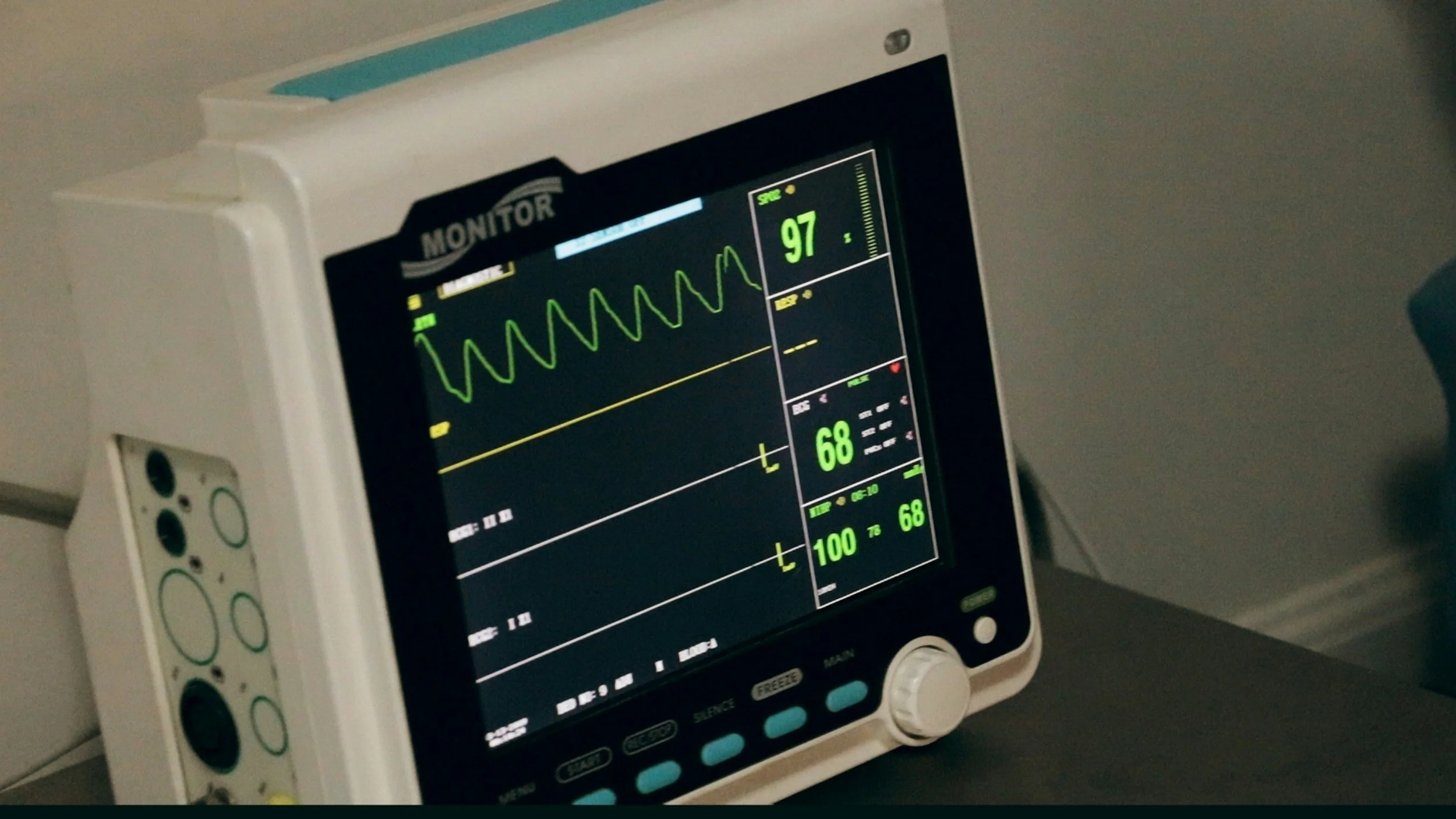How to Test Yourself for Gluten Sensitivity
/"Use a light touch, its not a grudge match"
Researchers at the Mayo Clinic estimate that approximately 1.8 million Americans are suffering from celiac disease, and of those approximately 1.4 million do not know it. What is celiac disease? It is an allergy to gluten, a component in wheat and many other grains found in everything from bread to gravy that causes inflammation and damage to the lining of one's digestive tract and can be so severe as to lead to intestinal cancer. It is hard to diagnose, because there are an estimated 300 possible symptoms and they can be in combination with other conditions, because bottom line, if your digestive system is inflamed, you are not digesting your foods properly and you are malnourished.
If the condition exists, the sooner you stop eating the offending gluten, the less damage there is to heal and less danger of the more severe complications having already set in.
It is well known to Alternative practitioners that wheat sensitivities have been around and have been treatable for many years now. One simple test for wheat sensitivity that you can do is muscle testing. This is admittedly a weird test, but it works. The beautiful thing is that we can verify all muscle testing with scientific lab work if you want to spend the money. Now it turns from weird to scientific! Our office likes to do both because I want to verify the muscle testing.
Concept of muscle testing:
Did I mention how your body was amazingly created? Billions of atoms along with thousands of miles of nerves produce electrical frequencies that radiate from your body several inches. Do you remember the atom from grade school? It has electrons which are electrical. In addition to this, your body has nerves from your brain going to your spinal cord going to all the different parts of your body. Your brain orchestrates all the movement patterns of electricity via your neurotransmitters. These are electrical as well. This is what produces the electrical reflexes on the surface of your skin. More crazy then this, you don't have to touch the skin to be in the electrical sphere of the patient. Just being close to the skin can elicit a muscle testing response. I know it's weird. But did I say it works?
Steps in muscle testing for gluten:
1. Get some bread.
2. Both the tester and the person being tested must drink a glass of water so that they will be hydrated. Dehydration can prevent good muscle testing.
3. The person being tested must hold up their left arm with their elbows locked.
4. You must first check that the person is testable.
5. The tester presses down gently for a split second only and checks for a lock of the arm of the person being tested. The tester says: "lock your arm while I push down".
This is not a grudge match. The tester should feel a immediate resistance of that muscle. This is to get a baseline.
6. Now, the tester with the pointer finger of the left hand touches the bridge of the nose of the person being tested. The arm of the person being tested should give and not lock. This is one of a few points in the body that this is healthy and normal. If the person's arm does not give and is still locked when you test this point, the person is not testable and you cannot continue. This becomes more of a complicated thing and may need to go to a professional to discern what is causing this. If the person is testable, from here on forward, the arm should not give no matter what you test unless the body has an imbalance at the point you are testing. The tester takes a piece of bread and puts it right next to the person's stomach. This point is located on the bottom of the sternum in the center of your chest. Run your hand down the sternum and when it becomes soft, this is where the stomach is.
7. Hold the bread next to the stomach. If the person is sensitive to it, their arm will not be able to lock. You will feel a give in the arm. This takes some practice but after few times you should be able to feel the difference. You can do this with any food. If they food needs a container, use only a clear glass or container and hold the container next to the stomach with the open part of the container facing the stomach. The closer the food to the stomach the better.
I was doing a educational presentation the other day and tested someone in the room for wheat allergy. She stated, "It took a $300 lab test to test for wheat. Dr. Paul did it in 2 seconds without charge.".
That is why I like this test. It's simple, non-invasive and you can protect you and your family if you do have wheat/gluten sensitivity.
If you have a difficult time doing this, I would be happy to show you for free how to do this at the office.
Feel free to comment below to let me know how you did on this test. Was it difficult to test? Was it easy? Are you sensitive to wheat?






























